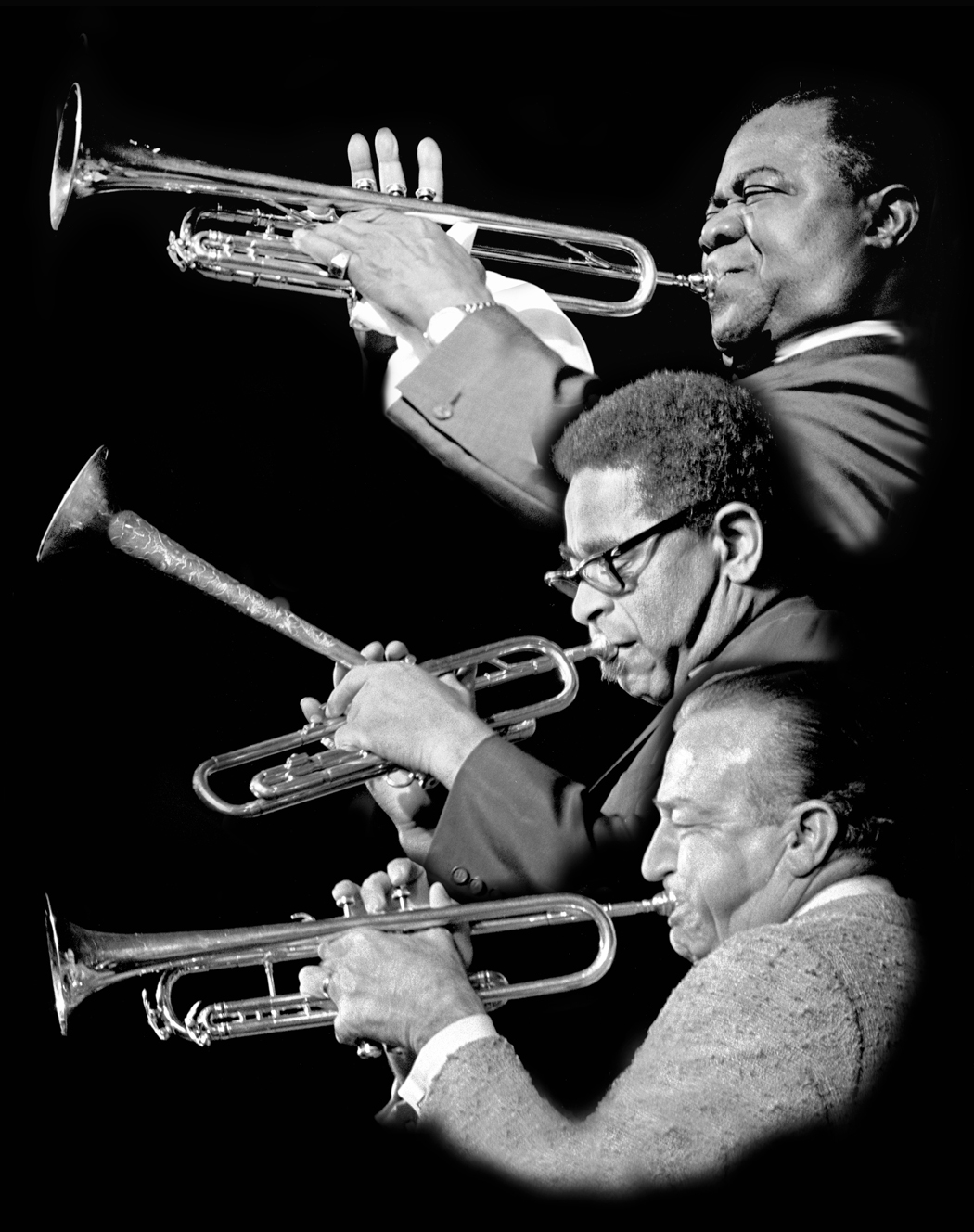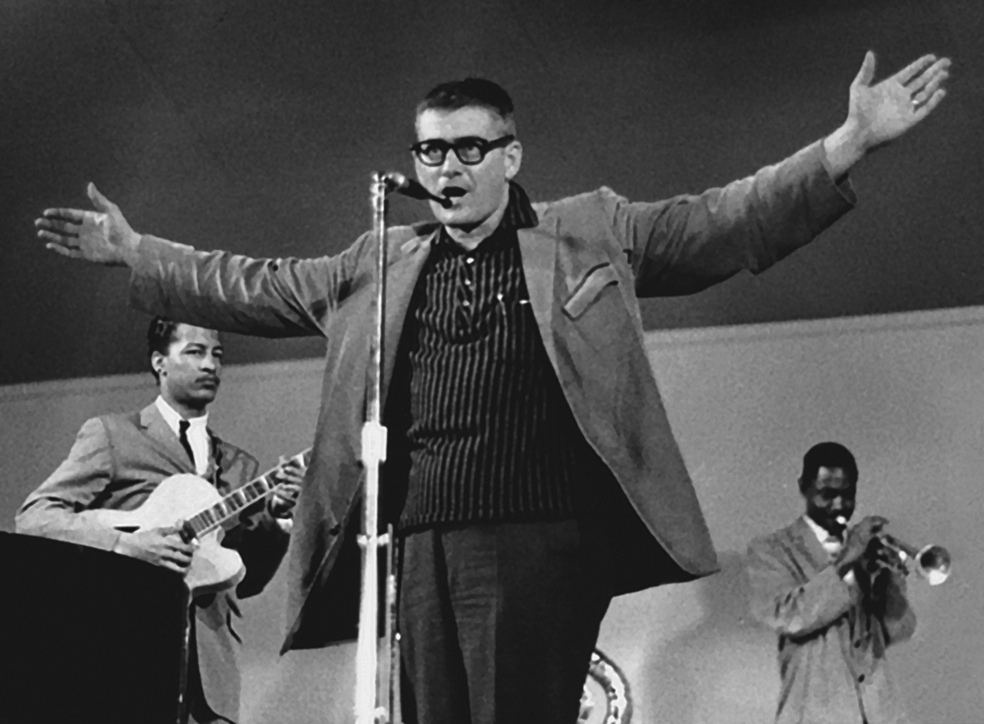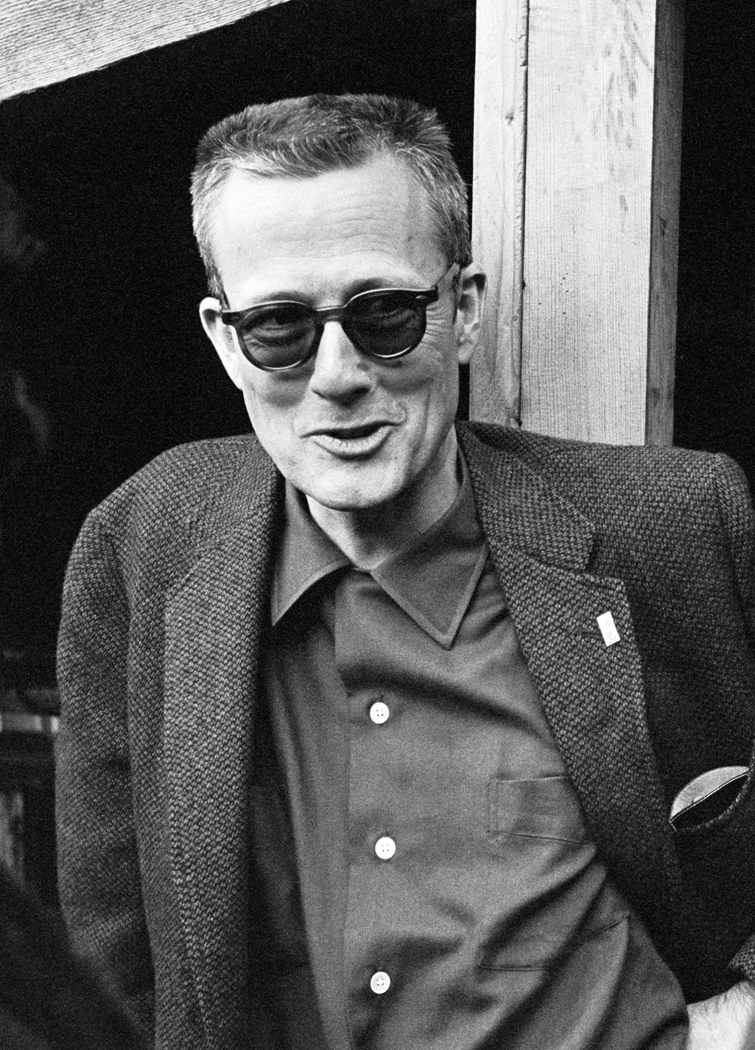Music in the Air - Page 2
 |
|
|
 |
|
|
 |
|
|
 |
|
|
Lyons, born in 1916 to a missionary family in China, connected with Gleason at New York's Columbia University in the 1930s. During the War, Lyons produced a radio show for the Armed Forces Radio Service that featured, among other young jazzmen, Gillespie, Davis, and vibraphonist Milt Jackson.
In the 1940s, Lyons also worked as an advance man for bandleader Woody Herman, during the reign of the band's so-called Four Brothers: saxophonists Stan Getz, Zoot Sims, Herbie Steward, and Serge Chaloff. Later that decade, a few years before Gleason relocated, Lyons settled in San Francisco and piloted several radio shows. In programming unique on the West Coast and rare elsewhere, he showcased the newest developments in jazz.
"I never learned how to play anything, and as a consequence, I just loved to hear it," chuckled Lyons in a 1992 interview. "I got a job on KNBC [in San Francisco]. In those days it was midnight till 4 a.m., and it was heard all over the world, because that long-wave [radio] was strong…I'd found some [local jazz] artists who I thought were very good, like [pianist] Dave Brubeck, who had a little quartet with a saxophonist named Paul Desmond."
"Jimmy would come to hear me at the Geary Cellar, which was on the same block as KNBC," in the City's downtown, Brubeck recalled in 2006. After Brubeck formed an octet, with fellow alumni who'd studied music on the G.I. Bill at Oakland's Mills College, "Jimmy was the emcee at our first concert, at the Marines Memorial Auditorium in San Francisco," Brubeck said.
Lyons later broadcast recordings by Brubeck's trio, which garnered awards from Downbeat and Metronome magazines in 1949. And the deejay helped secure Brubeck a six-year stint at the Black Hawk club, in San Francisco's Tenderloin. By this time, Gleason had begun covering that scene for the Chronicle as a jazz journalist, one of the nation's first.
The friendship between pianist and deejay extended to a joint 50-acre purchase of land in Big Sur, just south of Monterey, in which vibraphonist Cal Tjader, who had settled in Northern California after the War, was a third partner. Lyons also purchased and ran a general store in Big Sur, while maintaining his presence on local radio.
Lyons found kindred spirits among the friends of author John Steinbeck in nearby Monterey, and began bandying about the idea of a festival. In 1957 he contacted Brubeck, who'd frequented the annual Bach Festival in the adjoining town of Carmel. Lyons asked the pianist and his ensemble to demonstrate their chops to the Monterey Town Council, which included local merchants, prime candidates as potential investors.
Monterey had seen the economy of its community of 20,000 challenged by the decline of sardine and other sea-based commerce, due to overfishing, and although the town still functioned as a supply source for the nearby Army base at Fort Ord, it was looking for ways to attract outsiders.
"We played [that audition] in a whitewashed cement floor place, where they usually showed vegetables, or maybe animals," Brubeck remembered. "And they liked it! That's how we got permission to go ahead with a festival."




